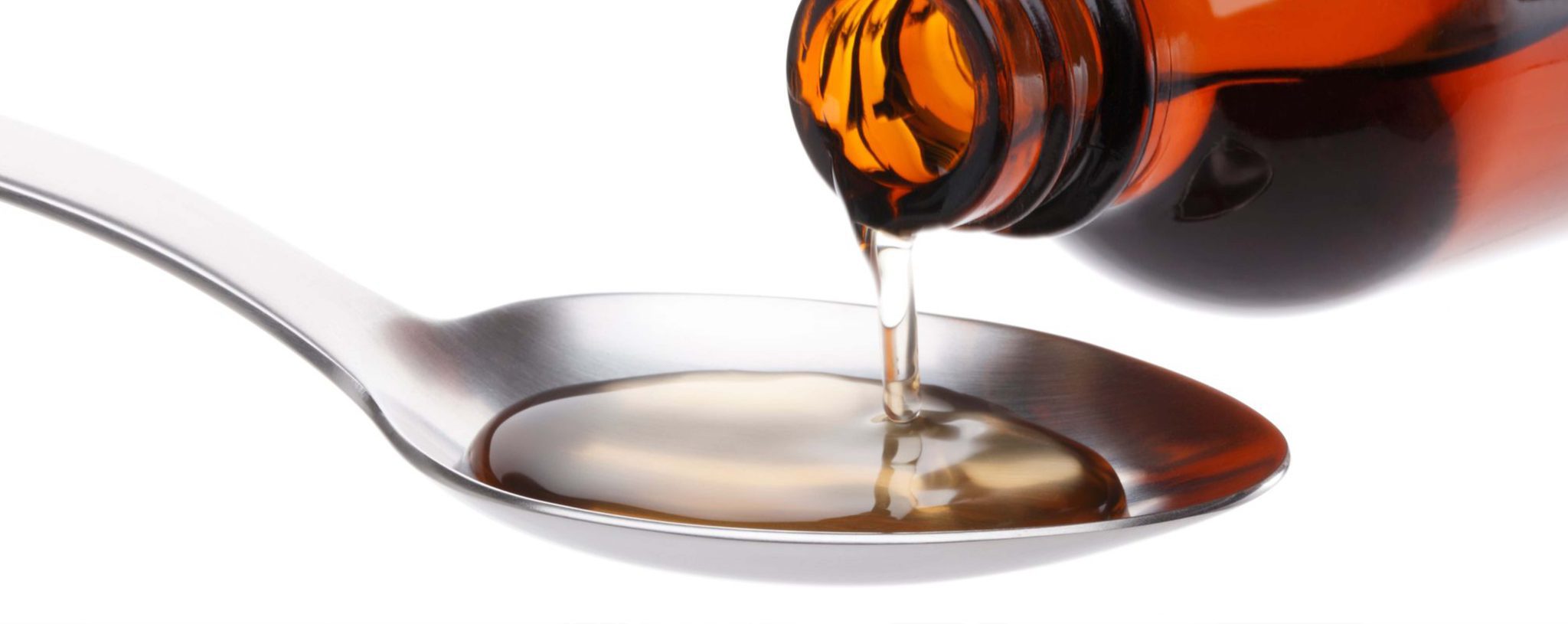Glycerin Standards: A Review of Three Important Standards BP, FCC, and USP

The Secret to Long-Lasting Moisture in Cosmetic Products: Don’t Underestimate the Power of Glycerin! The use of glycerin in moisturizers has proven to be highly effective, making it a widely used ingredient in various creams and lotions. This colorless, odorless, and non-toxic substance plays a crucial role in skincare due to its exceptional ability to attract and retain moisture. Glycerin is recognized as a powerful humectant that draws water from the surrounding environment and deeper layers of the skin, resulting in hydrated, soft, and supple skin. Its outstanding performance makes it the top choice for caring for dry, sensitive, and damaged skin. In this article, we will delve into the role of glycerin in moisturizers, including its cellular-level function, benefits, methods of combining it with other active ingredients, and key considerations when choosing products containing glycerin. First, it is essential to define moisturizing products and examine their core components.
Glycerin Standard BP (British Pharmacopoeia)
The BP grade (British Pharmacopoeia) refers to substances that meet the quality standards established by the British Pharmacopoeia, the official reference in the UK that defines quality criteria for medicines and pharmaceutical products. These standards ensure that chemicals used in pharmaceuticals are controlled for purity and are free from contamination.
The British Pharmacopoeia has established standards for glycerin as a pharmaceutical substance (pharmaceutical-grade glycerin). The BP glycerin standard provides precise criteria to assess the quality of this medicinal material.
BP glycerin is a colorless, viscous liquid that is generally odorless and has a mildly sweet taste. Below is a detailed description of the key characteristics of BP glycerin:
- Appearance: Should be a colorless, clear, and viscous liquid.
- Odor: BP-grade glycerin must be odorless.
- Water Content: The water content should not exceed the specified limit, typically a maximum of 2.0%.
- Stability: It remains stable under normal conditions.
- Impurities: The presence of impurities such as aldehydes, reducing substances, halogenated compounds, sugars, chlorides, and heavy metals is assessed, with specific permissible limits established for each.
- Refractive Index: At 20°C, the refractive index should fall within a specified range, typically between 1.4730 and 1.4750.
Glycerin Standard FCC (Food Chemicals Codex)
The FCC food grade refers to a standard that specifies the quality and purity of chemical substances used in the food and pharmaceutical industries. This standard is developed by a specialized committee and provides precise criteria for safety, purity, testing methods, and physical characteristics of these substances.
One of the most important substances covered by this codex is glycerin, for which the FCC-grade glycerin standard defines very detailed specifications. Since one of glycerin’s applications is in the food industry—commonly referred to as food-grade glycerin—adherence to these standards is especially important.
According to the Food Chemicals Codex (FCC) standard for glycerin:
According to the 11th edition of the FCC, food-grade glycerin must contain at least 99.5% pure glycerol. This standard imposes strict limits on impurities, including:
- Arsenic: maximum concentration of 1 ppm
- Lead: maximum 2 ppm.
- Residual solvents: maximum 50 ppm.
What is the purpose of the FCC?
The primary goal of this standard is to ensure the safety, quality, and suitability of chemical substances for human consumption. In other words, substances that conform to the FCC must:
- Be free of harmful impurities.
- Have standardized physical and chemical properties.
- Produced and tested under reliable conditions.
FCC Standard Specifications:
- High Purity: For example, FCC-grade glycerin must possess high purity and comply with the glycerin standards established by this international reference.
- Impurity Limits: The levels of water content, heavy metals, halogenated compounds, chlorides, sulfates, and other impurities are maintained at very low concentrations.
- Defined Testing Methods: FCC standards specify precise and standardized testing methods to assess purity, pH, refractive index, water content, and other characteristics.
- Consumer Safety: All standards are designed to ensure human safety, allowing the use of these substances in food, pharmaceutical, and cosmetic products.
Importance of FCC Grade
- Quality Assurance for Consumers: Using substances such as glycerin that meet FCC glycerin standards enhances consumer trust and ensures the safety of the final products.
- International Acceptance: These standards are recognized and accepted by numerous countries and regulatory organizations worldwide.
Glycerin USP Standard
USP-grade glycerin refers to glycerin produced and tested according to the standards established by the United States Pharmacopeia (USP). These standards specify criteria, testing methods, and permissible impurity limits to ensure that the glycerin is safe and of high quality for pharmaceutical and medical applications.
Key Specifications of USP Glycerin:
- High Purity: Typically contains a minimum of 99.5% pure glycerin.
- Water Content Limit: The water content must be less than 5%.
- pH Level: Neutral to slightly acidic (approximately 5 to 7)
- Permissible Impurities: Strict limits on heavy metals, chlorides, sulfates, and other impurities are enforced in accordance with USP standards.
- Special tests include assessments for reducing substances, aldehydes, and volatile compounds.
- Appearance: Clear, colorless liquid with no unpleasant odor or taste.
Difference Between USP Glycerin and Other Grades
- Compared to industrial or technical grades, USP-grade glycerin is subject to stricter quality control, offering significantly higher purity and consistency. It undergoes more rigorous testing and is supported by reliable documentation—essential for pharmaceutical and medical applications.
- BP (British Pharmacopoeia) standards are mandatory for pharmaceutical and cosmetic products in premium markets such as the UK, where high quality and contamination control are critical.
- USP is the most stringent standard for pharmaceutical use (medical-grade production) and is also recognized as a reliable grade in many countries, including Iran.
To purchase refined glycerin with a minimum purity of 99.5%, you can contact the sales specialists at Padideh Shimi Jam Company, a leading manufacturer of chemical raw materials.



